Spain, located in southwestern Europe on the Iberian Peninsula, is a country rich in history, culture, and diversity. From its vibrant cities to its picturesque countryside, Spain offers a unique blend of tradition and modernity, attracting millions of visitors each year. In this comprehensive exploration, we’ll delve into the essence of Spain, covering its geography, history, culture, economy, and current affairs.
Geography:
Spain is bordered by France and Andorra to the north, Portugal to the west, and the Mediterranean Sea to the east and south. It also includes two archipelagos: the Balearic Islands in the Mediterranean and the Canary Islands off the northwest coast of Africa. The country’s diverse geography encompasses mountains, plains, and coastline, offering a wide range of landscapes and climates.
The Pyrenees mountain range forms the natural border between Spain and France, stretching from the Bay of Biscay to the Mediterranean Sea. The highest peak in Spain, Mount Teide, is located on the island of Tenerife in the Canary Islands, reaching an elevation of 3,718 meters (12,198 feet) above sea level.
Spain’s interior is dominated by the Meseta Central, a vast plateau that covers much of the country and is bordered by mountain ranges such as the Cantabrian Mountains to the north and the Sierra Nevada to the south. The plateau is characterized by its dry climate, rolling hills, and fertile plains, which are ideal for agriculture and livestock grazing.
The country’s coastline stretches for over 4,900 kilometers (3,042 miles) along the Mediterranean Sea and the Atlantic Ocean, offering a diverse range of beaches, cliffs, and bays. The Costa del Sol, Costa Brava, and Costa Blanca are popular tourist destinations, known for their sunny weather, sandy beaches, and vibrant nightlife.
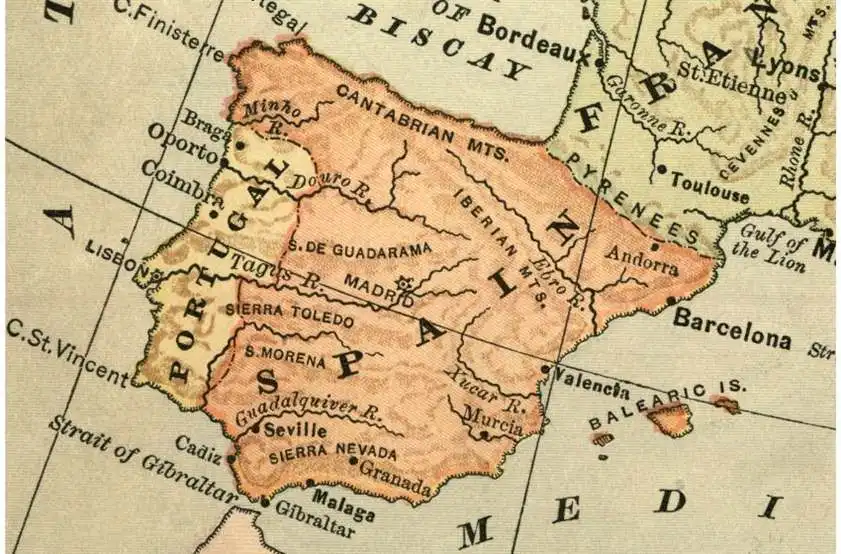
History:
Spain’s history is a tapestry woven from the threads of diverse cultures, civilizations, and conquests, spanning thousands of years. From the prehistoric cave paintings of Altamira to the Islamic palaces of Al-Andalus, Spain’s cultural heritage reflects the influences of its indigenous peoples, Roman conquerors, Moorish rulers, and Christian kingdoms.
The Iberian Peninsula was inhabited by various indigenous tribes, such as the Iberians, Celtiberians, and Lusitanians, before the arrival of the Romans in the 3rd century BCE. The Romans conquered the peninsula and established colonies such as Hispalis (modern-day Seville) and Barcino (modern-day Barcelona), leaving behind a legacy of roads, bridges, and architecture.
In the 8th century CE, the Moors, North African Muslims, invaded Spain and established the Umayyad Caliphate of Al-Andalus, which lasted for over seven centuries. Al-Andalus became a center of learning, art, and science, with cities such as Córdoba, Seville, and Granada flourishing under Moorish rule.
The Christian Reconquista, or reconquest, began in the 11th century CE, as Christian kingdoms in the north gradually pushed back the Moors and reasserted control over the peninsula. The Reconquista culminated in 1492 with the fall of Granada, the last Muslim stronghold in Spain, and the unification of the country under Catholic monarchs Ferdinand II of Aragon and Isabella I of Castile.
The Spanish Empire reached its height in the 16th and 17th centuries, with vast overseas territories in the Americas, Asia, and Africa. Spain became a global superpower, exporting gold, silver, and other riches from its colonies and establishing a vast trading network that spanned the globe.
However, the decline of the Spanish Empire began in the 18th century, as wars, economic crises, and colonial revolts weakened Spain’s power and influence. The Napoleonic Wars, the Spanish-American Wars of Independence, and the loss of colonies such as Cuba and the Philippines dealt further blows to Spain’s imperial ambitions.
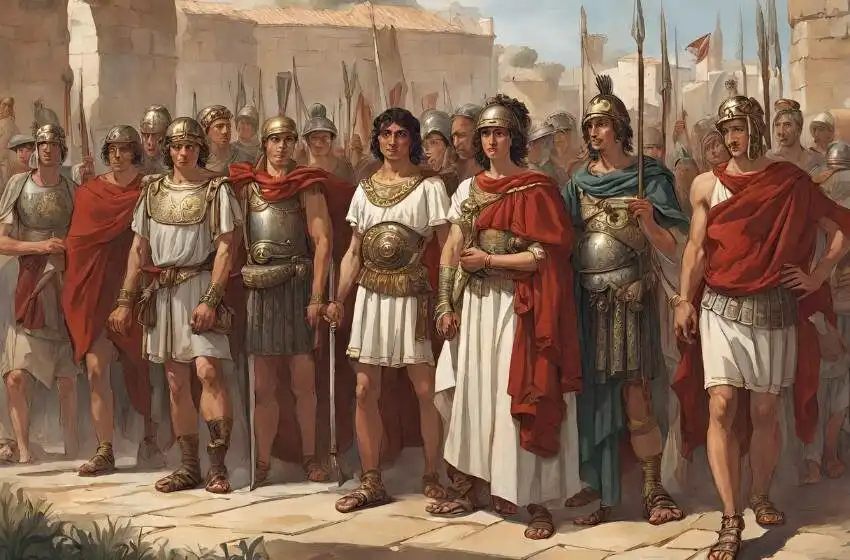
Culture:
Spain’s culture is a rich tapestry woven from the threads of diverse influences, including Celtic, Roman, Moorish, and Christian traditions. From flamenco music to Moorish architecture, Spain’s cultural heritage is celebrated around the world for its beauty, diversity, and vibrancy.
Music is an integral part of Spanish culture, with genres such as flamenco, classical, and pop enjoying widespread popularity. Flamenco, a traditional style of music and dance originating in Andalusia, is characterized by its passionate rhythms, expressive vocals, and intricate guitar playing.
Dance is also a cherished tradition in Spain, with styles such as flamenco, sevillanas, and salsa being performed at festivals, celebrations, and social gatherings throughout the country. Flamenco, in particular, is renowned for its dramatic movements, fiery footwork, and emotional intensity, reflecting the deep-seated emotions and cultural identity of the Spanish people.
Spanish cuisine is diverse and flavorful, with dishes such as paella, tapas, and gazpacho showcasing the country’s culinary traditions. Staples such as olive oil, garlic, and saffron are commonly used in Spanish cooking, while seafood, meats, and fresh produce add variety and depth to the cuisine.

Economy:
Spain has a mixed economy with a diverse range of industries, including tourism, manufacturing, agriculture, and services. The country is one of the largest economies in Europe and a member of the European Union, with a high standard of living, advanced infrastructure, and a skilled workforce.
Tourism is a major contributor to Spain’s economy, with millions of visitors flocking to the country each year to experience its rich history, vibrant culture, and stunning landscapes. Popular destinations such as Barcelona, Madrid, and the Balearic Islands attract tourists from around the world, generating billions of euros in revenue for the Spanish economy.
Manufacturing is also an important sector of Spain’s economy, with industries such as automotive, aerospace, and renewable energy playing key roles. The country is home to multinational corporations such as Seat, Airbus, and Iberdrola, which contribute to economic growth, innovation, and employment.
Agriculture remains an important part of Spain’s economy, despite accounting for a smaller share of GDP compared to other sectors. The country is a leading producer of fruits, vegetables, olive oil, and wine, with regions such as Andalusia, Catalonia, and La Rioja known for their agricultural products.
UNESCO World Heritage Sites
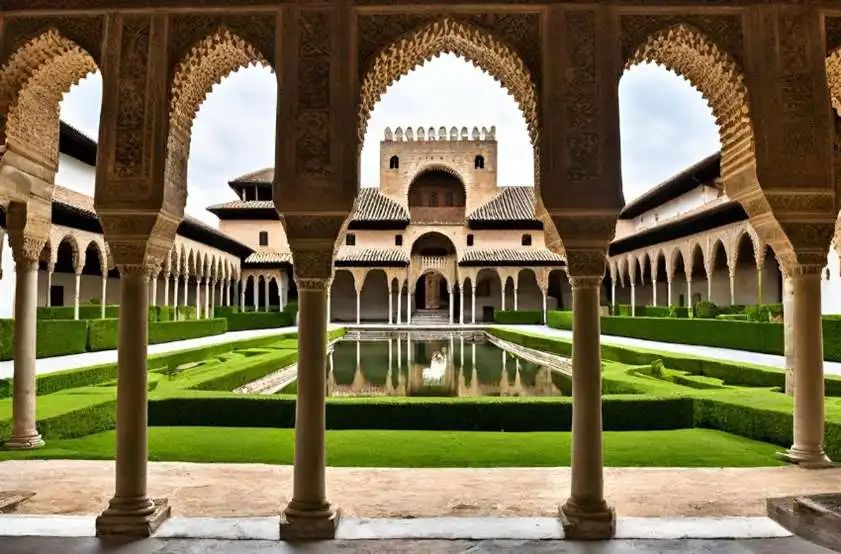
The most striking curiosities that make unique:
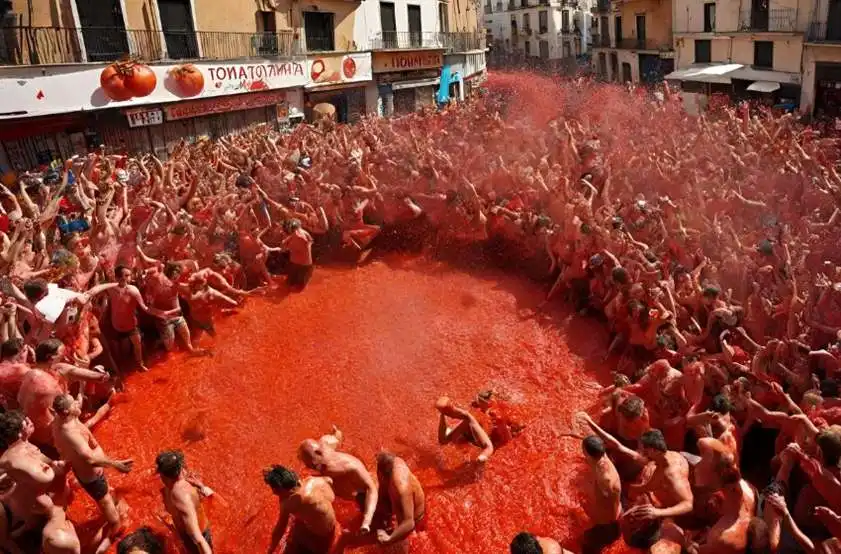
The most touristically renowned places:
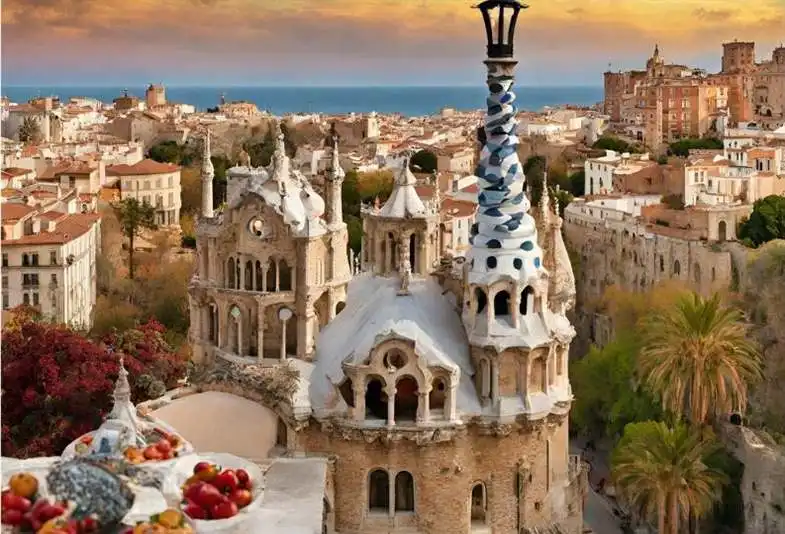
Conclusion:
Spain’s story is one of resilience, diversity, and innovation, as the country navigates the challenges and opportunities of the 21st century. Its rich cultural heritage, diverse landscapes, and dynamic economy make it a unique and fascinating destination in Europe. As Spain continues on its journey of growth and development, it faces numerous challenges and uncertainties, from addressing political instability and economic inequality to promoting social cohesion and environmental sustainability. Despite the complexities and hardships, Spain’s spirit of resilience, creativity, and optimism shines brightly, inspiring both its citizens and the world at large.


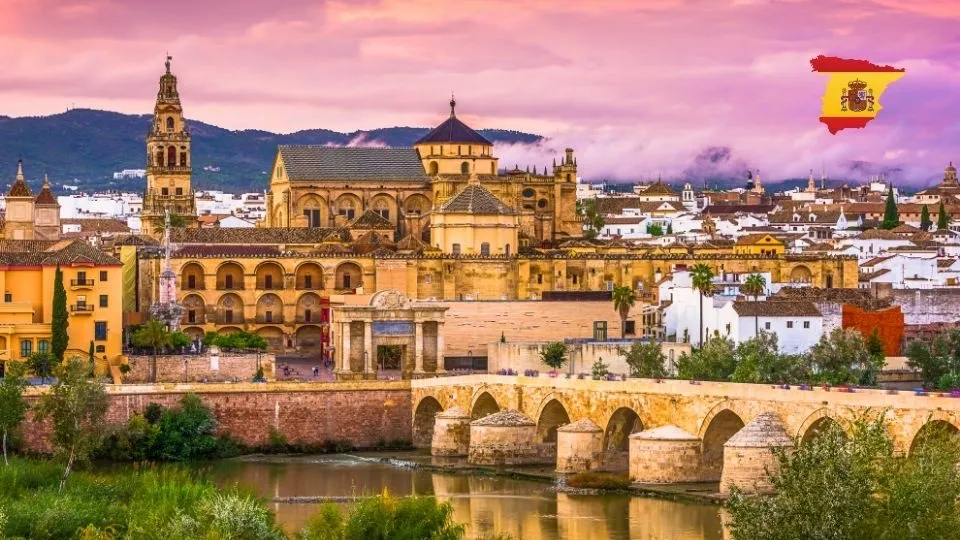


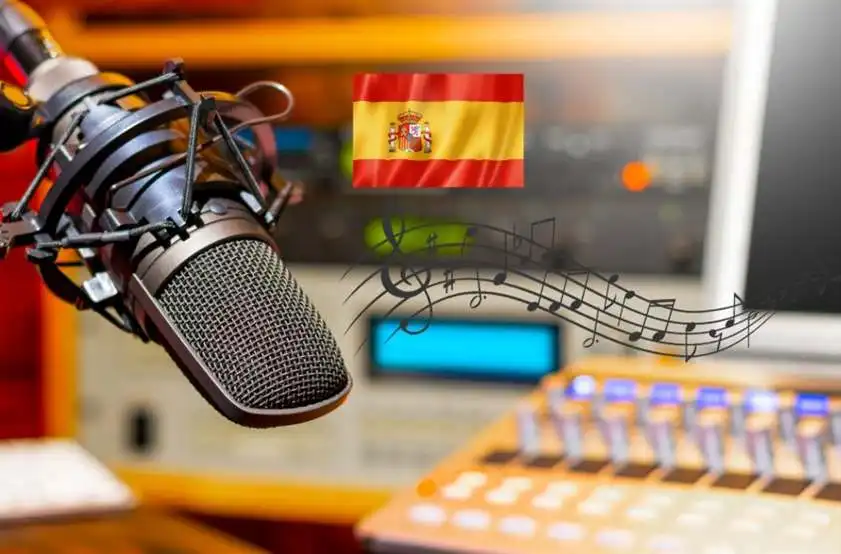






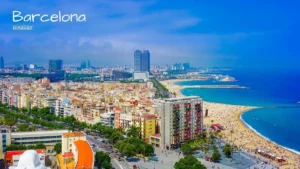
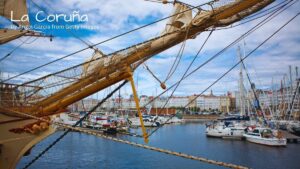
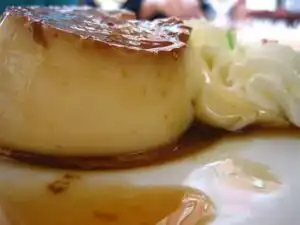
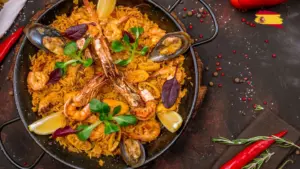
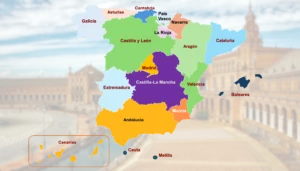
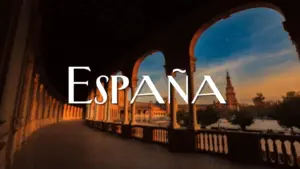
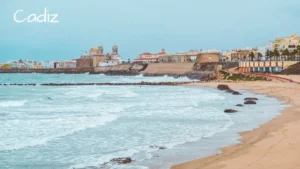
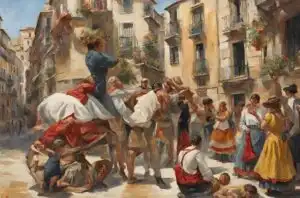
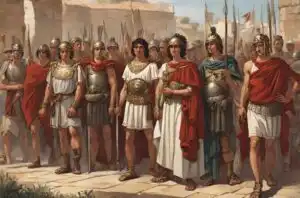
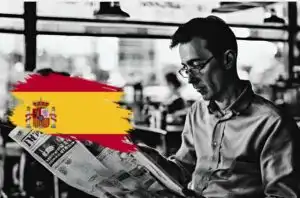
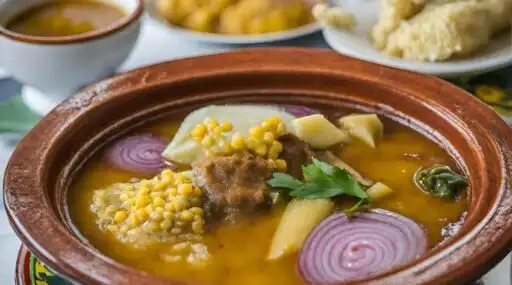



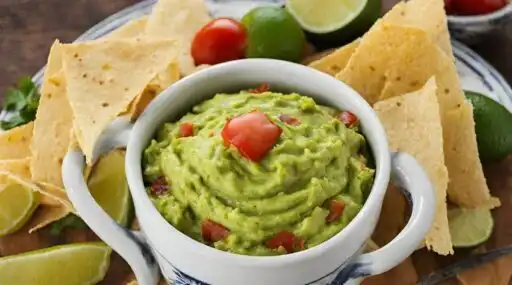


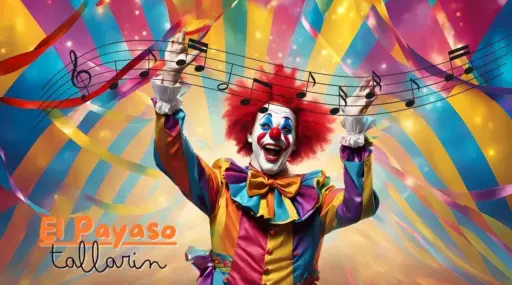
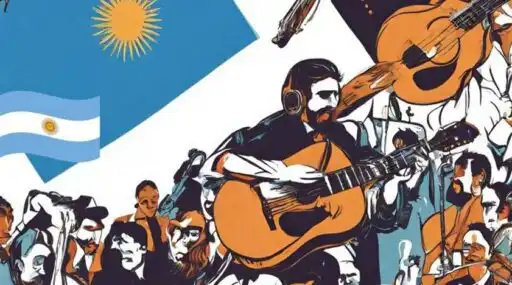
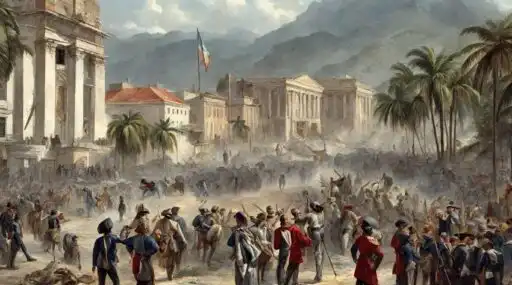


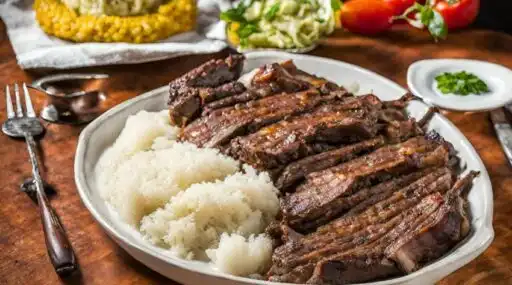
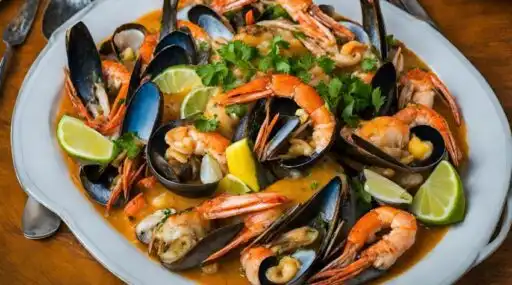





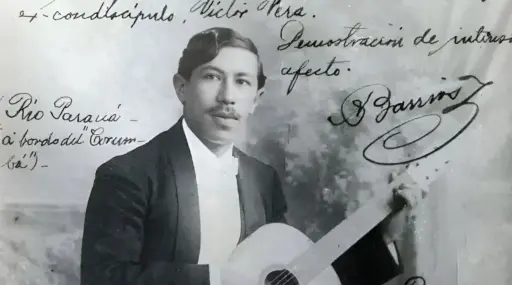



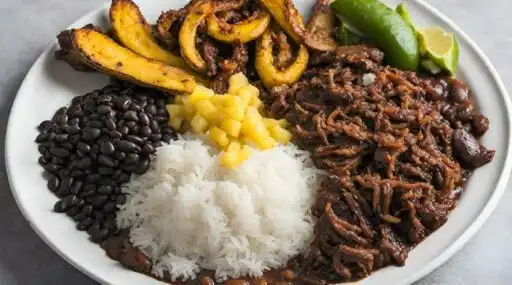



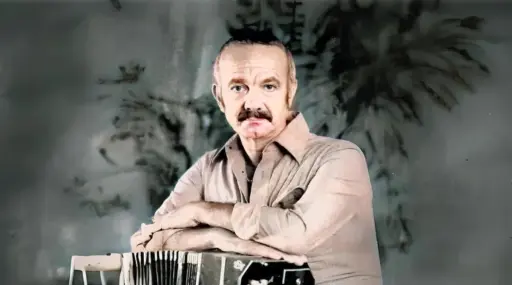

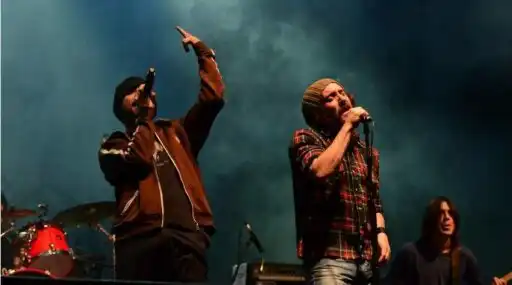
Leave a Reply